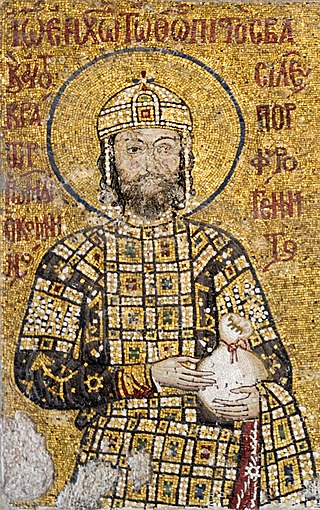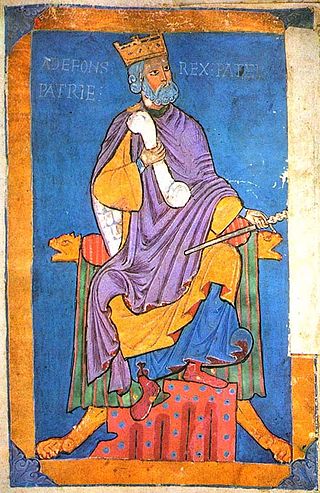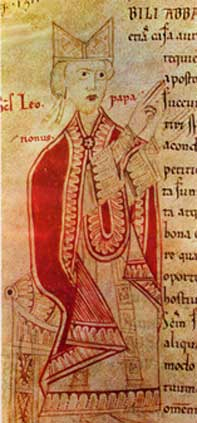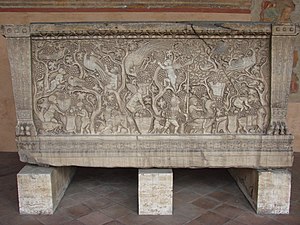The 1000s was a decade of the Julian Calendar which began on January 1, 1000, and ended on December 31, 1009.
The 1040s was a decade of the Julian Calendar which began on January 1, 1040, and ended on December 31, 1049.
The 1070s was a decade of the Julian Calendar which began on January 1, 1070, and ended on December 31, 1079.

Year 1003 (MIII) was a common year starting on Friday of the Julian calendar.
The 1050s was a decade of the Julian Calendar which began on January 1, 1050, and ended on December 31, 1059.
The 1120s was a decade of the Julian Calendar which began on January 1, 1120, and ended on December 31, 1129.
The 1110s was a decade of the Julian Calendar which began on January 1, 1110, and ended on December 31, 1119.
The 1080s was a decade of the Julian Calendar which began on January 1, 1080, and ended on December 31, 1089.

Year 1121 (MCXXI) was a common year starting on Saturday of the Julian calendar.

Year 1126 (MCXXVI) was a common year starting on Friday of the Julian calendar.

Year 1128 (MCXXVIII) was a leap year starting on Sunday of the Julian calendar.

1055 (MLV) was a common year starting on Sunday of the Julian calendar.

Year 1068 (MLXVIII) was a leap year starting on Tuesday of the Julian calendar.

Year 1032 (MXXXII) was a leap year starting on Saturday of the Julian calendar.

Year 1063 (MLXIII) was a common year starting on Wednesday of the Julian calendar.

Year 1085 (MLXXXV) was a common year starting on Wednesday of the Julian calendar.

Pope Leo IX, born Bruno von Egisheim-Dagsburg, was the head of the Catholic Church and ruler of the Papal States from 12 February 1049 to his death in 1054. Leo IX is considered to be one of the most historically significant popes of the Middle Ages; he was instrumental in the precipitation of the Great Schism of 1054, considered the turning point in which the Catholic and Eastern Orthodox Churches formally separated.

The Byzantine-Georgian wars were a series of conflicts fought during the 11th-13th centuries over several strategic districts in the Byzantine-Georgian marchlands.
Liparit IV, sometimes known as Liparit III, was an 11th-century Georgian general and political figure who was at times the most valuable support of King Bagrat IV of Georgia (1027–1072) and his most dangerous rival. He was of the House of Liparitid-Baguashi, and thus, a hereditary duke (eristavi) of Kldekari and Trialeti.
The Battle of Kapetron or Kapetrou was fought between a Byzantine-Georgian army and the Seljuk Turks at the plain of Kapetron in 1048. The event was the culmination of a major raid led by the Seljuq prince Ibrahim Inal into Byzantine-ruled Armenia. A combination of factors meant that the regular Byzantine forces were at a considerable numerical disadvantage against the Turks: the local thematic armies had been disbanded, while many of the professional troops had been diverted to the Balkans to face the revolt of Leo Tornikios. As a result, the Byzantine commanders, Aaron and Katakalon Kekaumenos, disagreed on how best to confront the invasion. Kekaumenos favoured an immediate and pre-emptive strike, while Aaron favoured a more cautious strategy until the arrival of reinforcements. Emperor Constantine IX chose the latter option and ordered his forces to adopt a passive stance, while requesting aid from the Georgian ruler Liparit IV. This allowed the Turks to ravage at will, notably leading to the sack and destruction of the great commercial centre of Artze.











